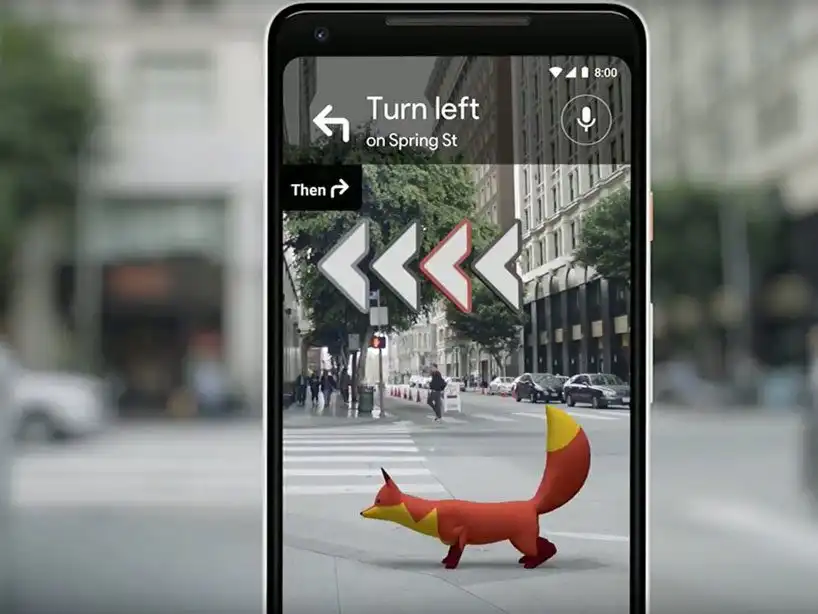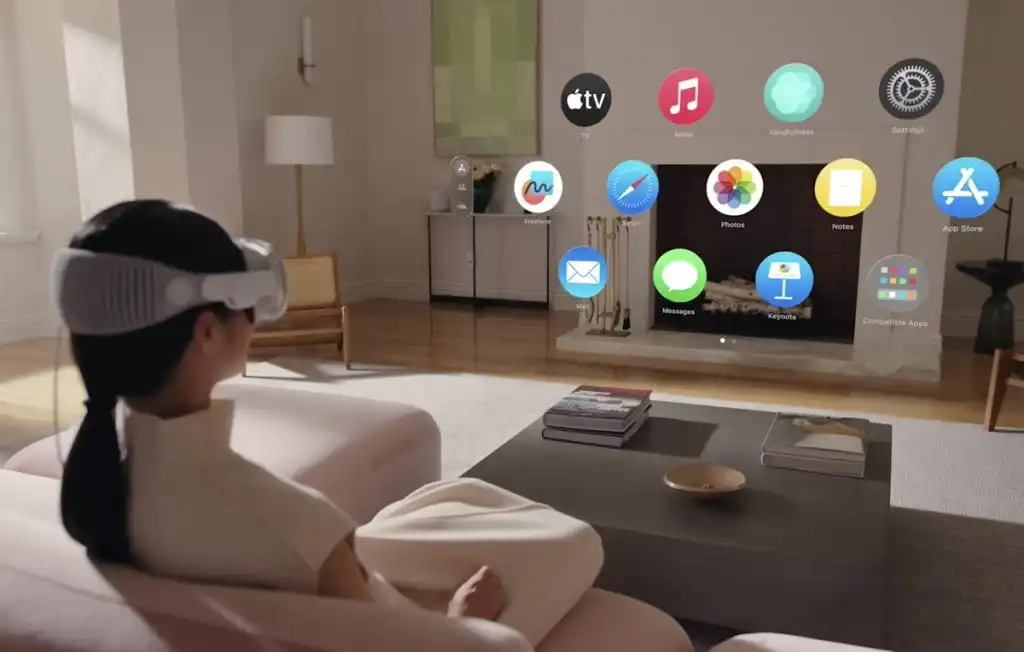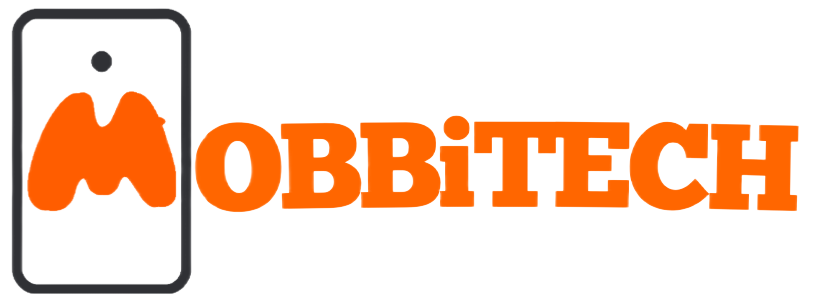Table of Contents
Apple’s latest venture into the rapidly evolving technology field is the Vision Pro, a virtual reality (VR) headset that has garnered significant interest and is likened to competing devices from companies like Meta and HTC. Many are hailing the Vision Pro as a potential game-changer and claiming it to be the most innovative gadget since the iPhone.
Google’s AR Legacy: A Decade Ago
Google pioneered the consumer augmented reality (AR) market with the release of the futuristic Google Glass a decade ago. This creative increased reality equipment, which fit prescription glasses, included a small screen and a camera built into the eyeglass frame. Google Glass functioned as an augmented reality headset by overlaying digital data onto the user’s field of vision. Though the project had a futuristic appeal, it was discontinued after just a few years of operation, mostly due to mounting privacy concerns over the large camera.
The Rise and Fall: Google’s Tryst with AR
Google had challenges from being a pioneer in the consumer augmented reality industry to where it is now. Following the retirement of Google Glass, the business ventured into virtual reality (VR) with Daydream, which was a part of Android Nougat. Daydream intended to transform smartphones into portable gaming consoles with VR headsets. Daydream was later canceled, much like Google Glass, giving people the feeling that their visions were transitory at best.
Google had previously released the Cardboard virtual reality headset, which offered a low-cost and simple means of expanding the accessibility of VR experiences to a wider audience. As with its predecessors, Cardboard failed because Google continued to explore.
Project Iris: A Glimpse into Google’s Unstable Commitment

Google’s high-profile Project Iris, which sought to produce augmented reality glasses, severely damaged the company’s commitment to augmented reality. For this project, Google bought Canadian startup North, which made increased reality eyewear. Google unexpectedly canceled Project Iris by releasing an early AR glasses prototype and creative interactions with bracelets and rings. Concerns over Google’s unclear commitment to augmented reality led to layoffs and the exit of a notable leader amid a difficult time for the business.
Google-Samsung Partnership: A Ray of Hope
After the closure of Project Iris, Google restructured internally, dividing its augmented reality branch into two groups: Platforms & Ecosystems and Devices & Services. When Google reinforced its collaboration with Qualcomm and Samsung to introduce Project Moohan, an XR headset, it made significant progress.
Project Moohan: A Collaborative Effort to Redefine AR
Under Project Moohan, Google, Samsung, and Qualcomm collaborated to develop an XR headset rivaling Apple’s Vision Pro. Taking design inspiration from the Android model, Google intended to create an internal platform, purportedly named Micro XR, and license it to businesses like Samsung for their devices. The joint efforts of this group will likely result in an XR headset with characteristics similar to those of Apple’s Vision Pro.
Micro XR: Google’s Answer to the Vision Pro
Google is pushing Micro XR, its own augmented reality platform, in reaction to Apple’s Vision Pro. This platform would provide an Android-like open-source, seamless experience for augmented reality applications. In the smartphone market, the Android model has already seen some success, branching out into increased reality core integration and success.
Challenges Ahead: Google’s Internal Struggles
Despite collaboration and strategic efforts, the XR headset’s smooth development has been called into question by an internal Google restructure. Internal rivalries and competing Google projects have compounded an already hard endeavor.
What’s Next: Anticipating Google’s AR Platform
Many are curious whether Google plans to unveil its augmented reality platform, Micro XR, during the May I/O conference. Even if this may give you an understanding of the technology behind it, a fully-fledged product could still be some time off. Those who follow the industry are excited to see any innovations that might provide insight into Google’s augmented reality approach.
Apple’s Early Lead: Setting the Standard in VR/AR

With the recently released Vision Pro, Apple has solidified its position as a virtual and augmented reality leader. The Vision Pro has laid a solid foundation for virtual reality headsets inside the Apple ecosystem despite its high $3,500 price tag. It will be difficult for rivals to match Apple’s commitment to provide a seamless hardware and software combination and comprehensive user experience.
Conclusion
Apple has raised the bar for fully immersive technology by taking the lead in the rapidly evolving fields of augmented and virtual reality with its ground-breaking Vision Pro. Future XR supremacy battles between Google and Samsung will be interesting to watch as they work through internal problems and delays. Everyone is eager to see how Apple’s Vision Pro and Google’s Micro XR platform stack up against one other and how these developments will impact AR/VR.
Also Read: Unveiling the Apple Vision Pro: Features, Price, And More

